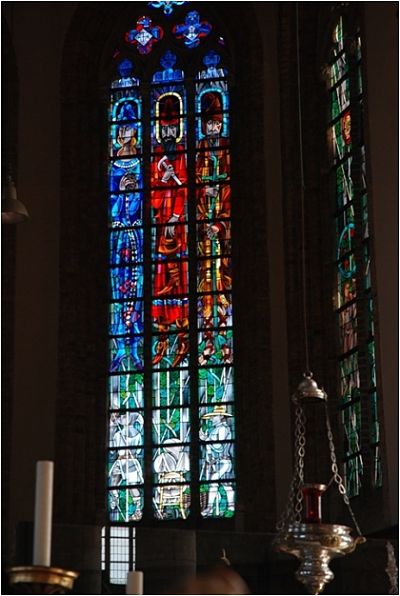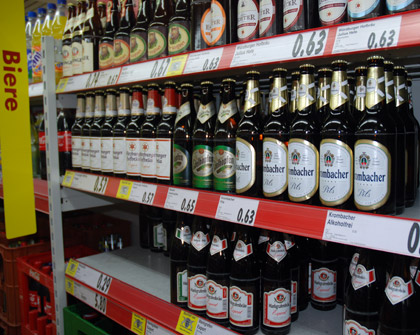Fodder for thought and a photo just for fun:
* The obligatory ST. PATRICK’S DAY IS COMING! ST. PATRICK’S DAY IS COMING! story from The Street delves into the wonders of nitrogen dispense. I’m linking to the third page of the story because of a gem of a concluding quote from Fergal Murray of Guinness: “It’s the greatest beer innovation of all time. It transformed the brand Guinness and made us the lighthouse beer that you have to craft behind the bar.” As I remarked on Twitter when I saw this Saturday morning, glad that’s settled.
* Speaking of innovation. The Chicago Tribune profiles the Goose Island barrel program and John Laffler, who runs it. It’s fair to ask how innovative each of the 285 “innovation projects” really is, given that 285 is a big number. But he says most will never see the light of day. That’s they way it’s supposed to work. Brewers experiment. They dump the failures. Rather than, say, declaring them special and charging a premium. Two gems from Laffler, who previously worked as a psychologist with at-risk youths for 6 1/2 years:
“This is my area. I share it with the barrels. I get really persnickety about people touching (them).”
“I really reject the notion that beer is meant to be collected.”
* Speaking of collecting. If you missed the story about the millionaire fleecing other millionaires out of millions of dollar by selling counterfeit wine the best place to find the latest details is from Mike Steinberger. Money just plain spends different in wine that beer.
Today in Decanter, Andrew Jefford begins what appears will be a two-part investigation into the financial implications of Robert Parker re-scoring the 2009 Bordeaux vintage and declaring it is even better than the 1982.
“I’ve been talking to those who understand the figures more comprehensively than I do, and considered opinion is that Robert Parker’s re-scoring of the 2009 Bordeaux vintage will have added at least £100 million to its ‘value.’ In the two trading days which followed the release of the scores, both Berry Bros and Farr Vintners sold around £3 million’s worth of top 2009 Bordeaux. Some claim that Robert Parker’s influence is waning. They are the wine world’s equivalent of creationists: folk prepared to ignore all evidence because they wish it so.”
Have I showed you this photo before? It was taken in a church in Poperinge, Belgium. You don’t see hop pickers immortalized in stained glass all that often.



 Angelo at Brewpublic has announced the topic for The Session #62:
Angelo at Brewpublic has announced the topic for The Session #62: